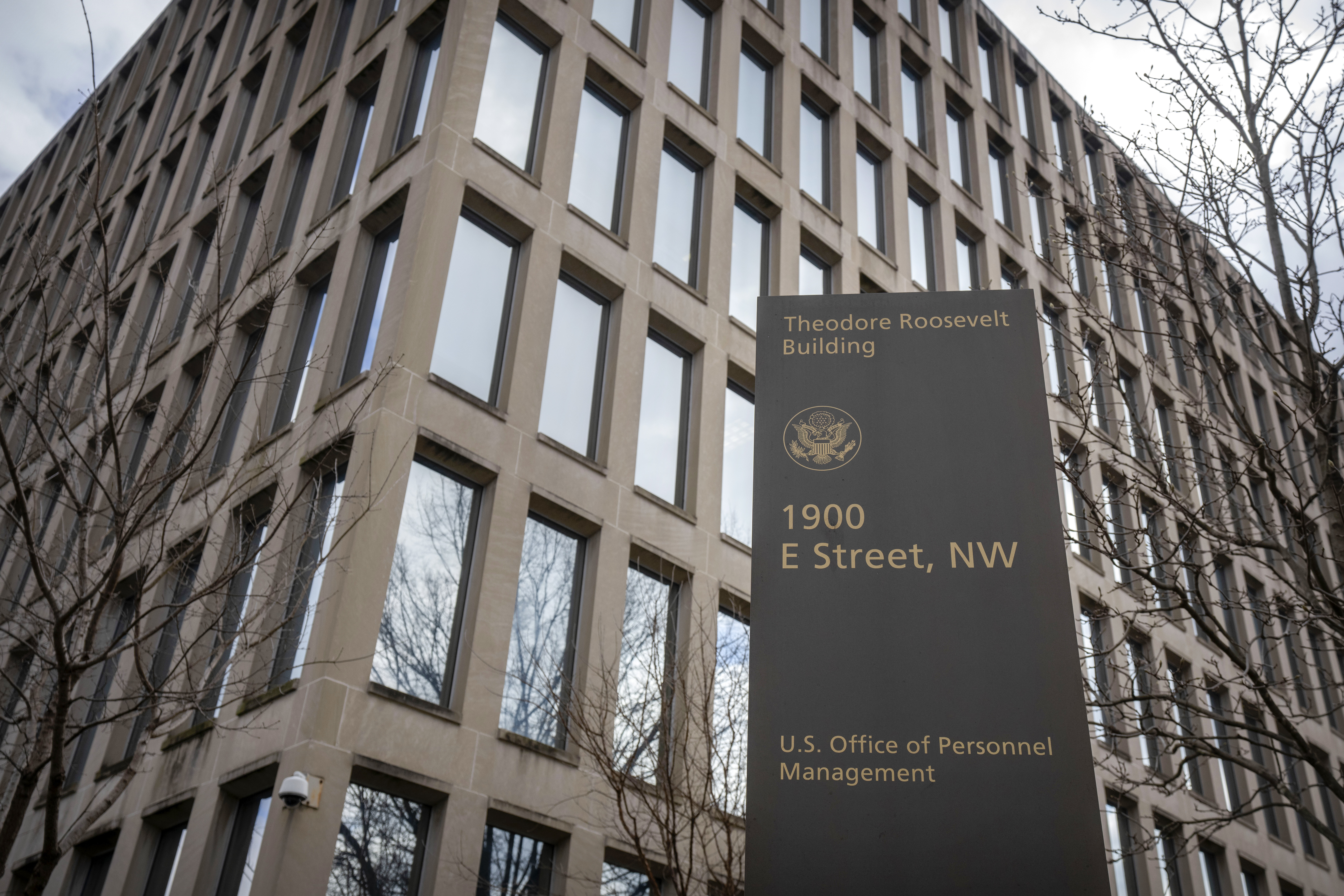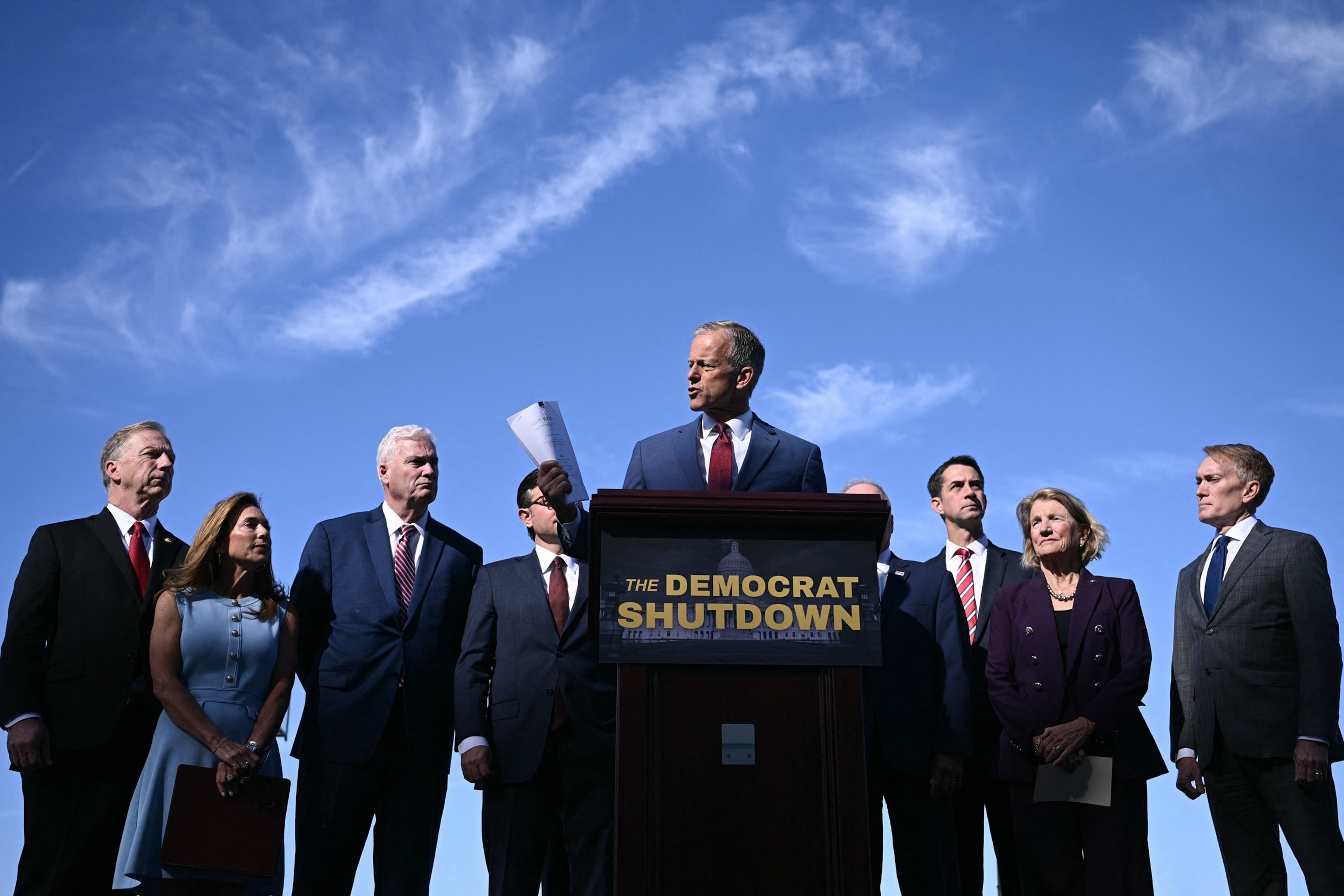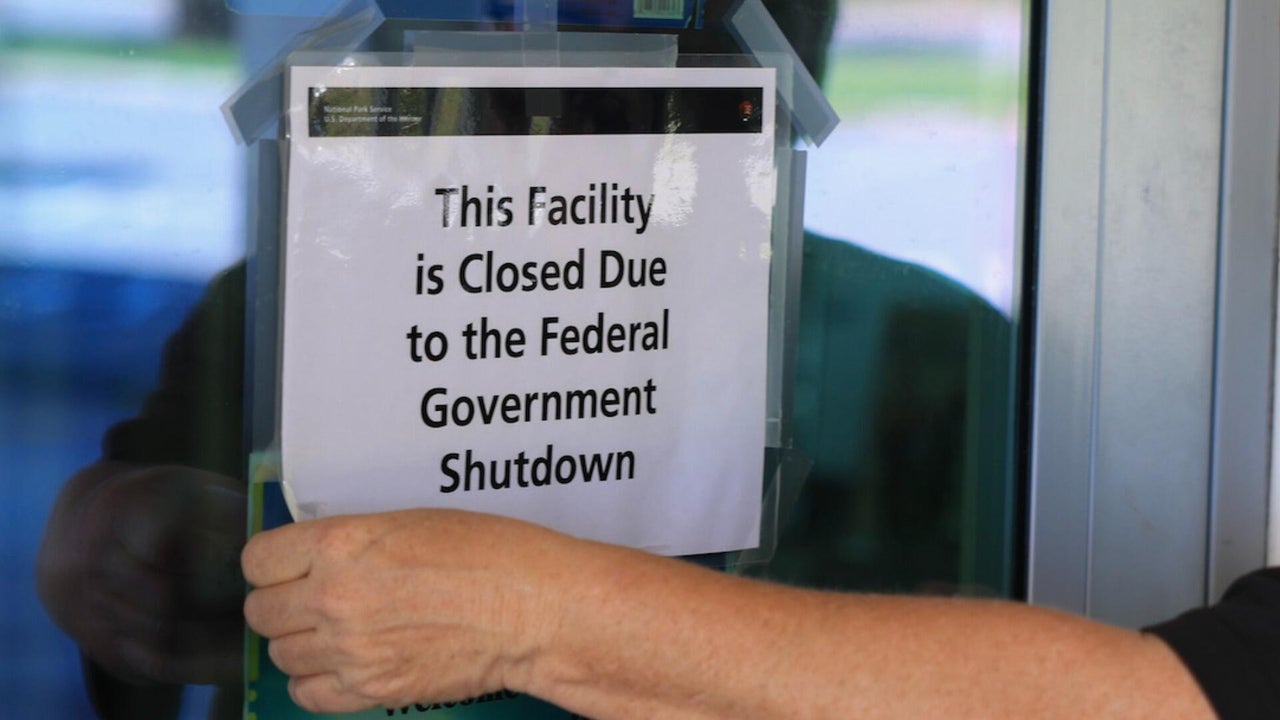Trump Threatens Mass Federal Employee Firings During Government Shutdown Crisis
Trump Threatens Mass Federal Employee Firings During Government Shutdown Crisis
Quick Navigation:

As the United States enters its third day of a federal government shutdown, President Donald Trump has escalated tensions by threatening unprecedented mass firings of federal employees. This development marks a dramatic departure from traditional shutdown protocols and has sparked fierce political battles, legal challenges, and widespread concern among the federal workforce.
Understanding the Current Government Shutdown Crisis
The federal government officially shut down at 12:01 a.m. on Wednesday after Congress failed to reach a bipartisan funding agreement. This shutdown has resulted in the furlough of approximately 750,000 federal workers and the complete closure of several major agencies, including the Departments of Education, Commerce, Labor, and State.

Unlike previous shutdowns that primarily involved temporary furloughs, the Trump administration has signaled its intention to use this crisis as an opportunity for permanent workforce reductions. Office of Management and Budget (OMB) Director Russell Vought has been at the forefront of these plans, issuing directives to federal agencies to prepare reduction-in-force (RIF) notices.
Trump's Mass Firing Strategy: Breaking With Tradition
The Trump administration's approach represents a significant departure from historical precedent. Traditional government shutdowns have involved temporary furloughs with employees typically returning to work once funding is restored. However, the current administration is leveraging the shutdown to implement what officials describe as permanent structural changes to the federal workforce.
OMB's Controversial Directive
In a memo distributed to federal agencies, OMB Director Russell Vought outlined plans that go "beyond standard shutdown furloughs." The directive instructs agencies to consider reduction-in-force notices for all employees in programs whose funding has dried up and that are "not consistent with the President's priorities."

During a private call with House Republicans, Vought indicated that federal layoffs would begin within "one to two days" if the shutdown continues. Vice President JD Vance confirmed these plans during a White House briefing, stating that the administration would "have to lay some people off if the shutdown continues."
Scope and Scale of Proposed Firings
While exact numbers remain fluid, senior White House officials indicate that fewer than 16,000 federal employees could face permanent dismissal under current plans. This figure is smaller than initially projected but still represents an unprecedented use of a government shutdown for workforce restructuring.
Legal Opposition and Constitutional Concerns
The administration's mass firing strategy has encountered significant legal and procedural obstacles. Senior federal officials have quietly counseled several agencies against implementing these firings, warning that the strategy may violate appropriations law.
Federal Employment Law Violations
Legal experts have raised several concerns about the proposed firings:
- Antideficiency Act Violations: This law prohibits the federal government from incurring new expenses during a shutdown, which could include severance payments accompanying reductions in force.
- Notice Requirements: Federal regulations require 60 days advance notice before layoffs, making it procedurally difficult to implement immediate firings.
- Lack of Statutory Authority: Critics argue that agencies lack the legal authority to implement RIFs during shutdowns.
Union Legal Action
Several federal employee unions have filed lawsuits challenging the administration's plans. The legal action seeks to block any mass layoffs, arguing that the proposed firings lack proper justification and statutory authority.

Impact on Federal Workers and Essential Services
The shutdown and threatened layoffs are creating unprecedented stress for federal employees who have already endured significant workforce changes since January. The administration's previous initiatives have led to more than 150,000 people leaving federal service through various programs.
Essential Services at Risk
Despite claims that firings would help preserve essential services, the logic remains unclear. Programs continuing regardless of the shutdown include:
- Social Security and Medicare
- Veterans benefits
- Military operations and national defense
- Law enforcement activities
- Immigration and border protection
- Air traffic control
Vulnerable Programs
The Women, Infants, and Children (WIC) nutrition program faces particular risk, with funding potentially exhausted within one to two weeks if the shutdown continues. National parks remain partially open, though visitor services are severely limited.
Political Calculations and Congressional Response
The mass firing threats appear designed to increase pressure on Congressional Democrats to accept Republican funding proposals. However, the strategy has also drawn criticism from within the administration and raised questions about its effectiveness.
Democratic Response
Democratic leaders have characterized the firing threats as political retaliation rather than legitimate governance. House Minority Leader Hakeem Jeffries argued that the administration would have pursued layoffs regardless of the shutdown, describing it as Republican "ideology" to "cause pain."
Republican Support and Concerns
While many Republicans support using the shutdown for leverage, some have expressed concerns about the legal and practical implications of mass firings. The approach represents OMB Director Vought's expansive view of executive power, which has previously brought him into conflict with both parties in Congress.
Frequently Asked Questions
Can the President legally fire federal employees during a shutdown?
Legal experts argue that mass firings during a shutdown would likely violate multiple federal laws, including the Antideficiency Act and federal employment regulations requiring 60-day notice periods.
How many federal workers could lose their jobs?
Current administration plans target fewer than 16,000 federal employees for permanent dismissal, though this number could change based on political and legal developments.
What essential services continue during the shutdown?
Social Security, Medicare, military operations, law enforcement, border protection, and air traffic control continue operating during the shutdown as they're funded through different mechanisms.
How is this shutdown different from previous ones?
This shutdown is unprecedented in its use of permanent workforce reductions rather than temporary furloughs, representing a significant departure from historical practice.

Looking Ahead: Resolution or Escalation?
As the shutdown enters its third day with no clear resolution in sight, the stakes continue to rise. The unprecedented nature of the Trump administration's approach has created uncertainty not just for federal workers, but for the broader functioning of government services that millions of Americans depend upon.
The legal challenges currently working through the courts may ultimately determine whether these mass firing plans can proceed. Meanwhile, the political battle between the administration and Congressional Democrats shows no signs of abating, with each side blaming the other for the ongoing crisis.
Stay Informed
Found this article informative? Share it with others to help them understand this developing crisis: